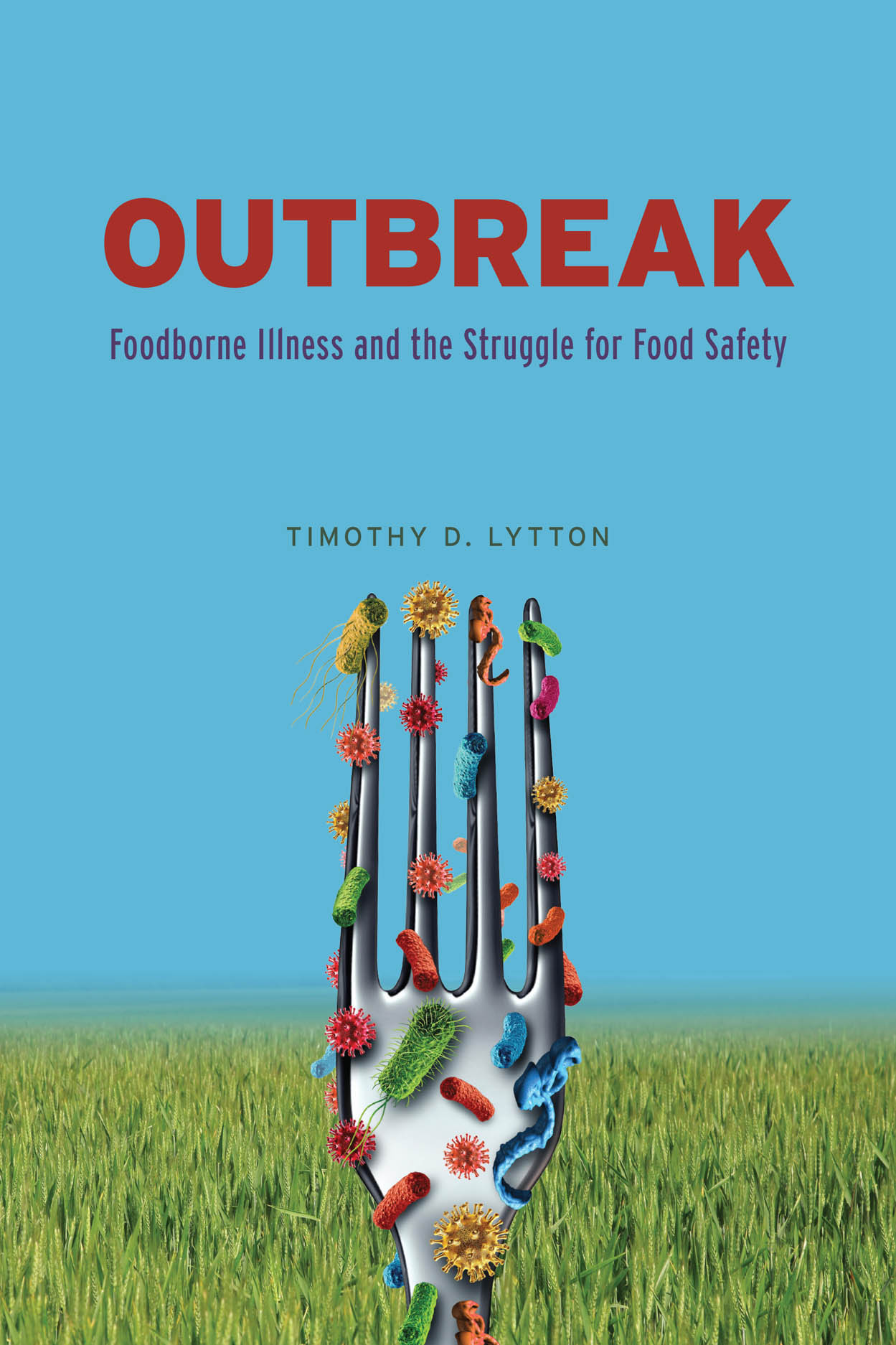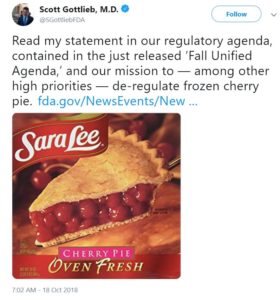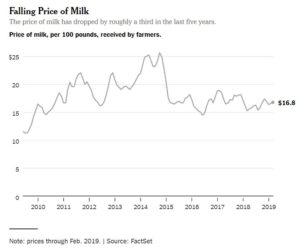Online shopping for SNAP participants—the wave of the future?
The USDA recently announced a new pilot program for New York State participants in the Supplemental Nutrition Assistance Program (SNAP). They will now be able to use their Electronic Benefit Transfer cards to buy foods online.
At first glance, this seems like a terrific idea for solving problems of limited access to healthy foods (“food deserts”), and it gives SNAP participants more options and easier access. Yes!
But participants will have to pay service or delivery charges with their own money. For this and other rules, see the SNAP Online Purchasing pilot webpage. Will they end up paying more or less for foods? We will have to see how the pilot plays out to know.
At the moment, one clear conclusion is the benefit to Big Retail. Amazon and ShopRite will run the program in New York City. Walmart will run it upstate.
Amazon, for example, is promoting this pilot project with a video.
Nevin Cohen, writing in Civil Eats, has the best analysis of this program I’ve seen so far.
For those who have worked for decades to make healthful food available in low-income communities, the pilot has the potential to be a game-changer, enabling them to shift attention from physical access to supermarkets to the economic inequality at the root of food insecurity. But if the SNAP pilot will actually make people healthier, six questions demand attention [his article discusses these in detail]:
1. Does Online Shopping Mean Healthier Choices?
2. Will Shopping at Home Make People Less Active and More Lonely?
3. Will Local Food Retailers be Able to Compete?
4. Will it Be Bad for Worker Health?
5. Will it Increase Environmental Health Problems?
6. Will it Create a Digital Food Divide?
SNAP, Cohen points out
is moving online, whether we like it or not, and ignoring the fact that in a few years some 40 million people will change their grocery shopping habits would be a serious mistake. As the physical barriers to food fall away for SNAP participants, it will be up to policymakers and the public health community to ensure that the food retail sector—virtual as well as brick and mortar—supports healthy diets and true access for all.







